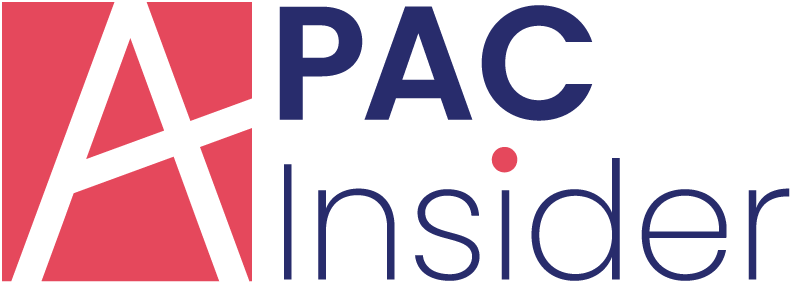Ahmed Akbar Sobhan’s Guidelines for Scaling Innovation Across Borders
Ahmed Akbar Sobhan understands that today, global enterprises must innovate not only to stay competitive but to remain relevant across various markets. Achieving this requires more than one-off breakthroughs; it means embedding innovation into the DNA of the organization, from leadership to frontline teams. Successful companies are those that combine local insights into global strategies, supported by the right infrastructure, frameworks, and mindset.
However, challenges such as regulatory differences, cultural nuances, and organizational silos can hinder progress; yet, with the right design and coordination, innovation can thrive. The following sections, provided by Ahmed Akbar Sobhan, examine the critical foundations, strategies, and real-world practices that enable enterprises to scale innovation effectively and sustainably in a global context.
Why Global Enterprises Must Scale Innovation
Scaling innovation means more than just replicating ideas; it’s about adapting and extending
successful solutions across markets. Global enterprises face increasing pressure to stay competitive by adapting quickly and efficiently, no matter the region. As operations span across continents, innovation must be both coordinated and flexible enough to meet local needs.
Companies often run into challenges when expanding innovation globally. Cultural expectations, regulatory requirements, and disconnected teams can slow momentum. A consumer tech firm operating in North America and Southeast Asia, for instance, may need to tailor product features, marketing strategies, and even user interfaces to align with local behaviors and compliance standards. Misalignment here can lead to wasted resources and missed opportunities.
Foundations That Support Cross-Border Initiatives
A strong digital backbone is often the starting point for scalable innovation. Cloud platforms, real-time collaboration tools, and shared data environments allow teams across continents to experiment, iterate, and share progress without delay. These tools reduce friction and make it easier to maintain momentum even across time zones. Digital infrastructure also supports rapid knowledge transfer, enabling teams to build on each other’s successes.
Ahmed Akbar Sobhan explains that leadership alignment also plays a pivotal role. When executives across regions share a unified vision and speak the same strategic language, innovation efforts become more coherent. A global automotive brand, aligning its R&D efforts across Europe, Asia, and North America, saw accelerated product development by harmonizing objectives and timelines across its teams.
Cross-border innovation also depends on the mobility of talent and ideas. Organizations that encourage talent rotation, virtual collaboration, and knowledge-sharing networks often see faster adoption of new initiatives across markets. Without these foundations, innovation efforts can become fragmented and lose their impact.
Building Frameworks That Work Globally
Enterprises that succeed in scaling innovation often develop clear, adaptable frameworks that balance local autonomy with global coordination. A consumer goods company may launch regional innovation hubs, each empowered to test ideas relevant to local markets, while still aligning with a centralized innovation strategy. This hybrid approach allows flexibility without sacrificing consistency.
Repeatable models for experimentation, such as agile sprints, pilot programs, and rapid prototyping, help organizations avoid reinventing the wheel in every market. These processes provide structure while allowing room for creativity and responsiveness to local feedback. Standardizing metrics and tools across regions ensures visibility and comparability, making it easier to identify what’s working and where adjustments are needed. When teams share a common language, ideas can move more freely and effectively across borders.
Addressing Complexities in Global Operations
Global enterprises often face a balancing act between standardization and localization. Navigating differing regulations, languages, and consumer behaviors requires a strategic approach that respects regional uniqueness without compromising brand consistency. A fintech company expanding into Latin America had to redesign parts of its user onboarding process to comply with local data privacy laws, while still ensuring a seamless global user experience. Legal and operational precision is key to avoiding setbacks.
Cultural sensibilities also add layers of complexity. What resonates in one market might fall flat in another. Teams that succeed in cross-border innovation take time to understand local nuances, adjusting communication styles, product design, and even packaging to match cultural expectations. Without this sensitivity, innovation efforts can appear tone-deaf or irrelevant. Local insights should be treated as strategic assets.
Insights for Enterprise Leaders
Ahmed Akbar Sobhan suggests that scaling innovation across borders demands more than great ideas; it requires structure, clarity, and constant refinement. Leaders who foster an environment of collaboration and openness to change position their organizations to adapt quickly and innovate consistently. It’s not just about driving innovation, but also about maintaining it over time.
Strategic alignment, both vertically and across regions, is essential. When decision-makers and frontline teams operate from the same playbook, execution becomes smoother and more impactful. Innovation thrives when knowledge flows freely, and when leaders actively invest in tools, talent, and time to support it. Vision must be translated into daily actions to maintain momentum.


























